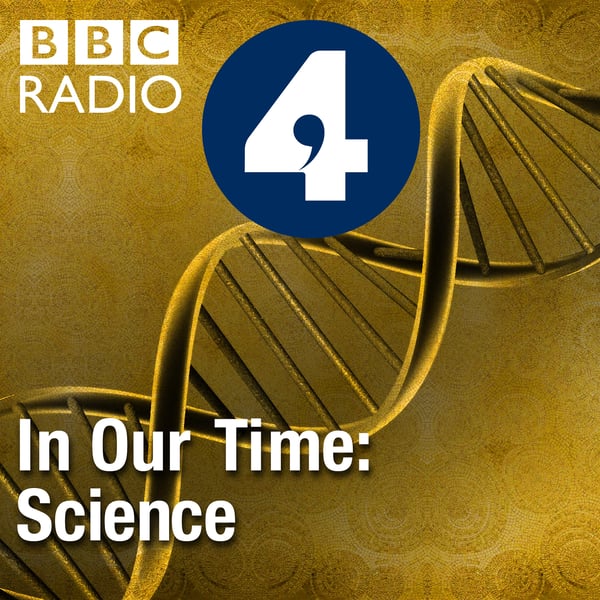Cosmic Rays
In Our Time: Science
BBC
4.5 • 1.4K Ratings
🗓️ 16 May 2013
⏱️ 42 minutes
🧾️ Download transcript
Summary
Transcript
Click on a timestamp to play from that location
| 0:00.0 | Thanks for downloading the In Our Time podcast. For more details about In Our Time and for our terms of use, please go to BBC.co.uk. |
| 0:09.0 | I hope you enjoy the program. Hello, one of the world's largest and most unusual astronomical observatories can be found |
| 0:17.4 | on a vast empty plane in Western Argentina. |
| 0:20.9 | The Pierre O'Jé Observatory covers an area larger than Luxembourg. |
| 0:25.0 | Instead of telescopes, it uses 1,600 massive tanks of water to look at the heavens. |
| 0:31.0 | The scientists who work there aren't looking for light from the |
| 0:33.5 | stars or even radio waves instead they're studying cosmic rays. First identified |
| 0:38.9 | a century ago, cosmic rays are subatomic particles which constantly bombard the Earth from space. |
| 0:44.4 | The discovery of high energy radiation coming from far beyond our solar system led to the |
| 0:48.3 | emergence of particle physics as a new scientific discipline. |
| 0:52.2 | Today more scientists than ever are dedicated to the study of |
| 0:55.3 | Cosmic Rays, but many questions remain unanswered including most importantly where they come from. |
| 1:00.5 | With me to discuss Cosmic Rays are Carolyn Crawford, Gresham Professor of Astronomy and a member of the |
| 1:05.9 | Institute of Astronomy at the University of Cambridge. Alan Watson, Emeritus Professor of Physics at the |
| 1:11.6 | University of Leeds, and Tim Greenshaw Professor of Physics at the University of Leeds and Tim Greenshaw Professor of Physics at the University of Liverpool. |
| 1:16.0 | Karen Crawford, would you be in by giving us a slightly fuller explanation of what cosmic rays are? |
| 1:21.0 | Well, to start with, I think it's just reiterating what you said right at the beginning, |
| 1:25.4 | despite the name we're not talking about rays of light, we're talking about matter, energetic |
| 1:30.7 | particles that are impacting the top of the Earth's atmosphere. |
| 1:33.7 | They're coming from all directions and outer space and some we even think are coming from outside our galaxy. |
| 1:39.0 | And these are pieces of atoms and in some ways there are only direct samples of matter outside |
| 1:46.2 | the solar system coming towards us. They're electrically charged and they're |
... |
Please login to see the full transcript.
Disclaimer: The podcast and artwork embedded on this page are from BBC, and are the property of its owner and not affiliated with or endorsed by Tapesearch.
Generated transcripts are the property of BBC and are distributed freely under the Fair Use doctrine. Transcripts generated by Tapesearch are not guaranteed to be accurate.
Copyright © Tapesearch 2025.

